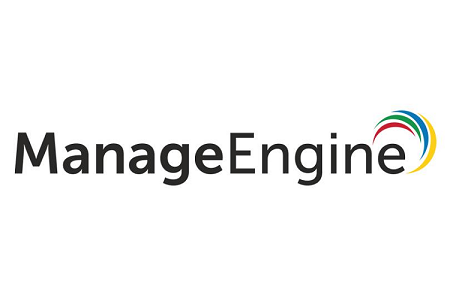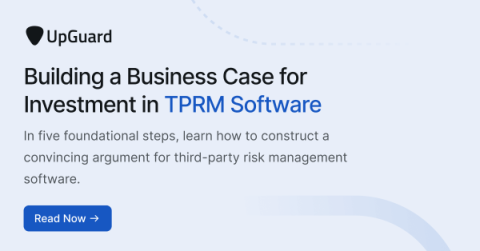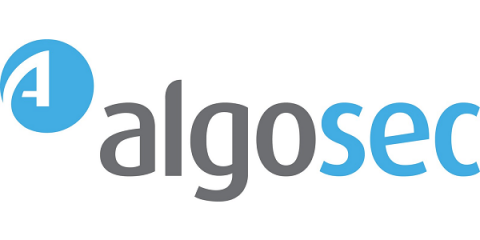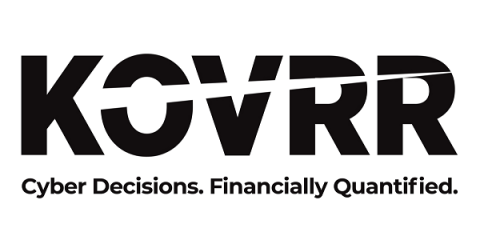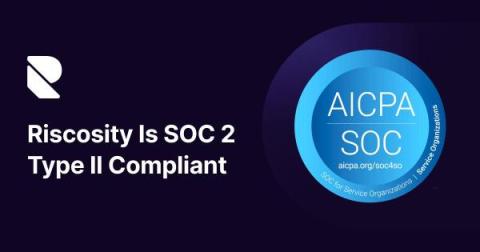Manual GRC: Why Spreadsheets Are Not the Solution
In today’s rapidly evolving business environment, the stakes for maintaining robust governance, risk management, and compliance (GRC) practices have never been higher. Regulators and auditors are scrutinizing areas such as risk management, regulatory mandates, cybersecurity, vendor management, and more with unprecedented rigor.




